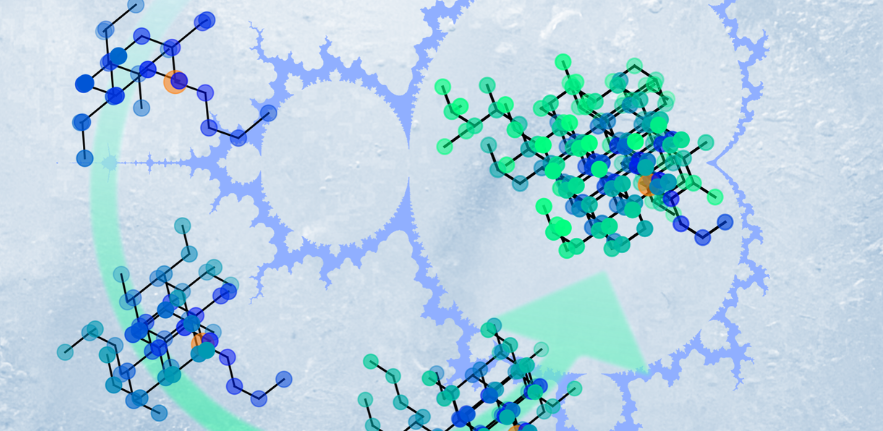Fractals–objects with non-integer dimensions–show up in nature in phenomena as varied as snowflakes, lightning strikes, and natural coastlines. Now dynamical fractals have been discovered in a clean magnetic crystal | Department of Physics https://phy.cam.ac.uk/news/dynamical-fractal-discovered-clean-magnetic-crystal…
The discovery resulted from experiments by Alan Tennant, University of Tennessee, and his colleagues applying artificial intelligence to neutron scattering data and ultra sensitive quantum measurements of the magnetic noise to the spin ice material Dy2Ti2O7. These revealed magnetic monopoles – imagine the two ends of a bar magnet splitting apart and behaving independently – moving through the atomic scale magnetism in the material in a surprising way.
Tennant along with collaborators at the University of Cambridge, UK, the Max Planck Institute for the Physics of Complex Systems, Germany, and University of La Plata, Argentina realized that the anomalous results could be explained by fractals being dynamically generated in the crystal and monopoles moving only within these fractals.
Magnetic monopoles and spin ices are being studied by researchers as a low power alternative to silicon based electronics. Such an approach uses the spin rather than charge of electrons, so called “spintronics”. Identifying the laws and principles governing how monopoles move and interact, just like e.g. Ohms law for conventional electric current, is needed to move the field forward.
The breakthrough was published in Science in December and an accompanying perspectives article can be found here.
